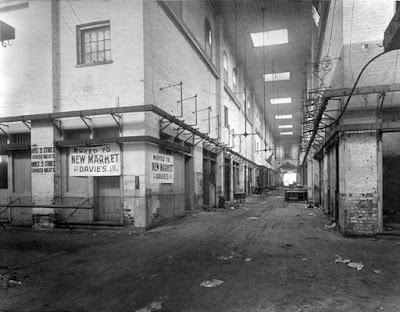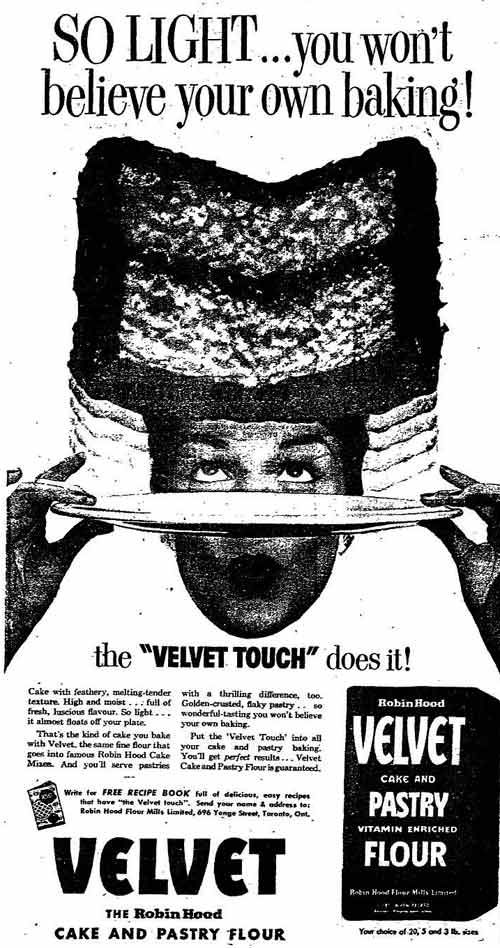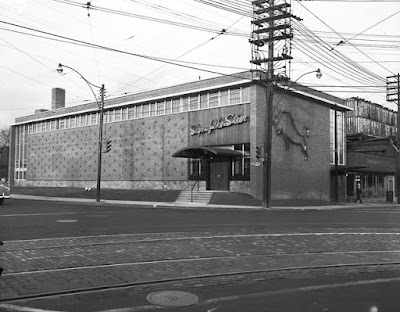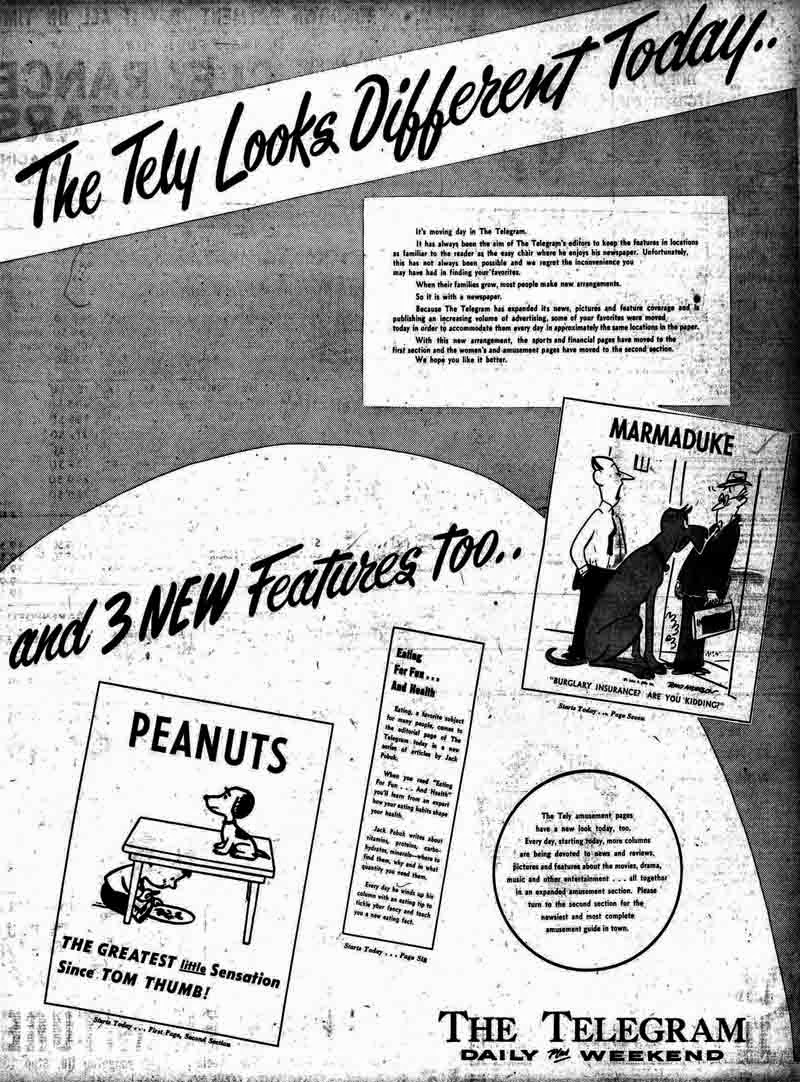off the grid: ghost city balmy beach club
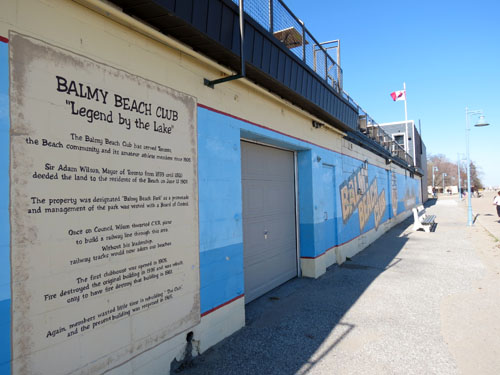
This installment of my "Ghost City" column for The Grid was originally published on April 23, 2013. Photo taken April 2013. When prominent jurist and one-time Mayor of Toronto Sir Adam Wilson partitioned his property along Lake Ontario in January 1876, he set aside a portion for use as a public “promenade and recreation grounds.” Within a few years, the community of Balmy Beach grew around Wilson’s lands, which sat amid the growing amusement parks and cottages that spurred the development of The Beach.








